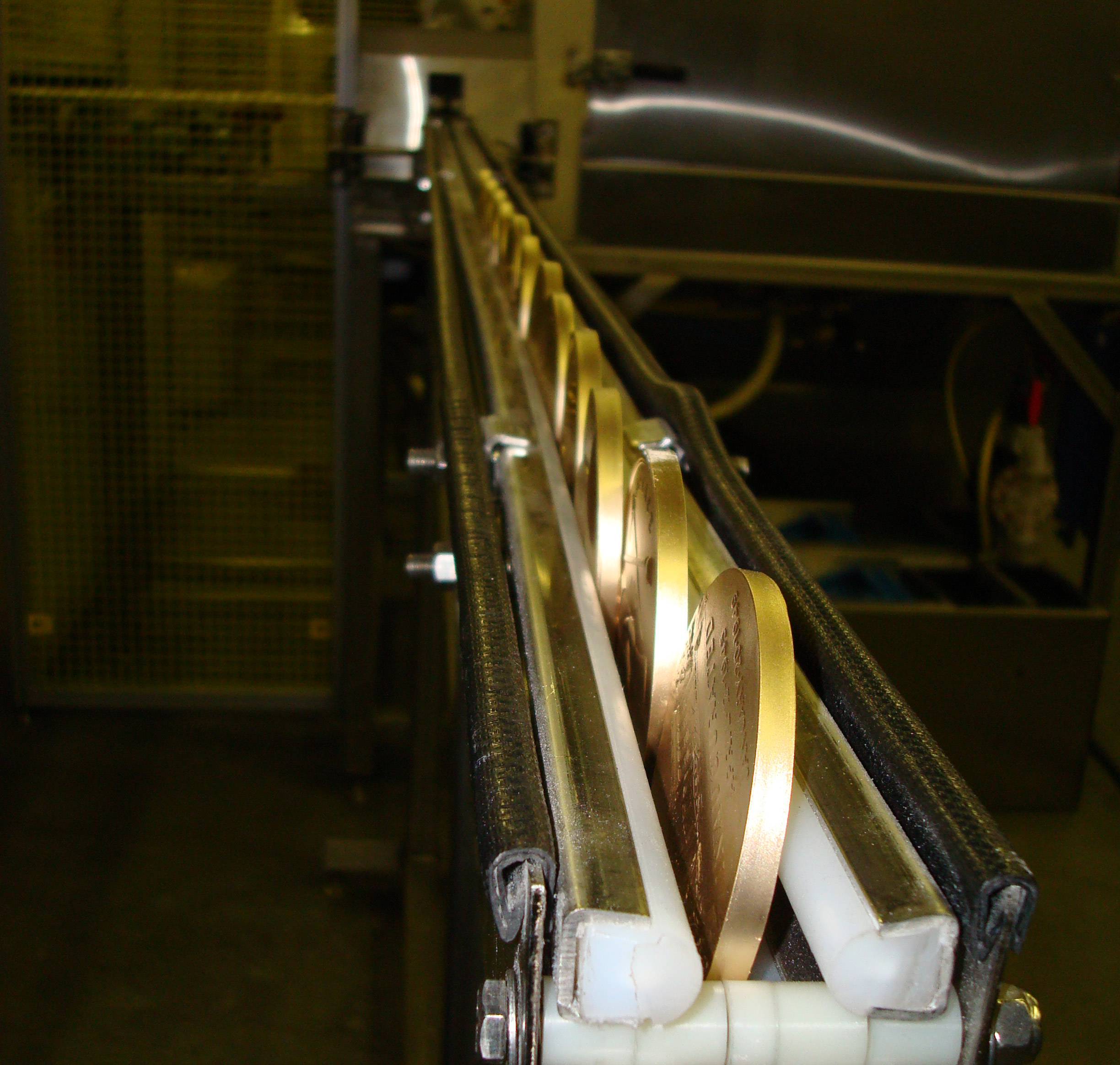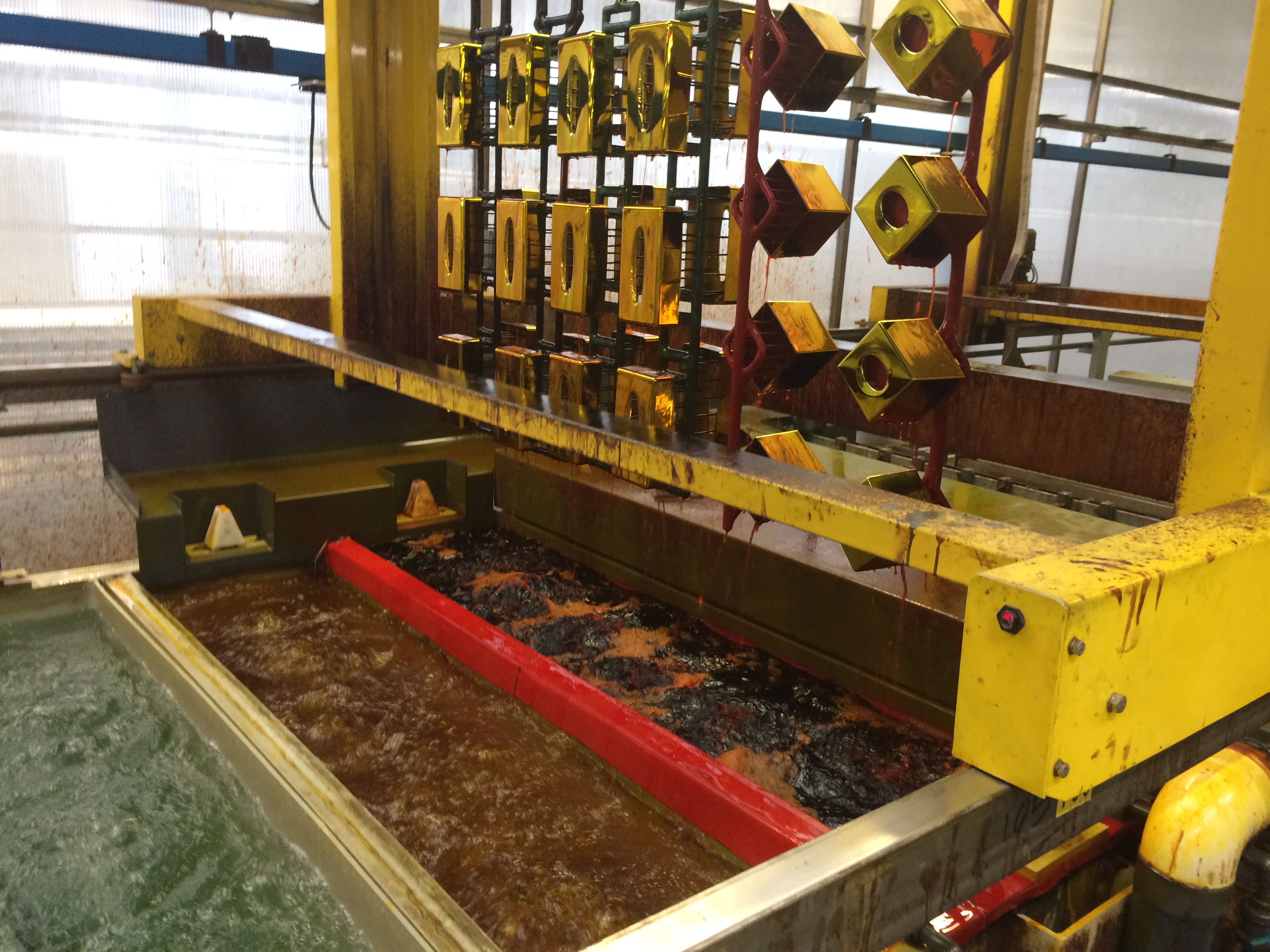
To counter the way materials behave when in contact with air and other substances, methods have been developed to reduce the reactivity of exposed surfaces for increased corrosion resistance. While it’s mostly the exposure to moisture in the air that affects the materials, sometimes corrosion can develop if a material has come in contact with certain substances. Corrosion degrades useful properties of materials and affects its appearance, strength, and other characteristics related to its usefulness. Rusting is a chemical process called corrosion, where a refined metal tends to turn into a more stable form like oxide, hydroxide, or sulfide. It’s common knowledge that untreated iron will develop rust if it’s left exposed to air. The Process of Corrosionīefore defining anodizing, we need to discuss some natural processes and understand why some of them need to be annulled through the application of anodizing. We will touch on topics such as sealing anodized aluminum, bright dip anodizing, etching, voltage and time, and we will go through and compare the different types of anodizing processes such as hard coating. Therefore, we are going to discuss the key components to anodizing aluminum parts. Among these, aluminum is the most versatile. Anodizing is, however, mostly used in the aerospace and electronics industries, where certain parts need to be ‘corrosion-proofed.’ There are many processes that various metals used in those industries can be exposed to, and since anodizing can be used for many different metals, ranging from aluminum to titanium, it’s usually the best way to protect any given aluminum surface.


If cycling is your passion, for example, then you are definitely familiar with it. Anodized tools and devices have a wide variety of uses, such as the marine industry, home furniture, and parts for sports equipment. You may have come across anodized tools as a dentist, or in the business of food preparation equipment. Whether you work in the automotive industry or are an architect designing tall buildings, you’ve heard of the anodizing process before.


 0 kommentar(er)
0 kommentar(er)
